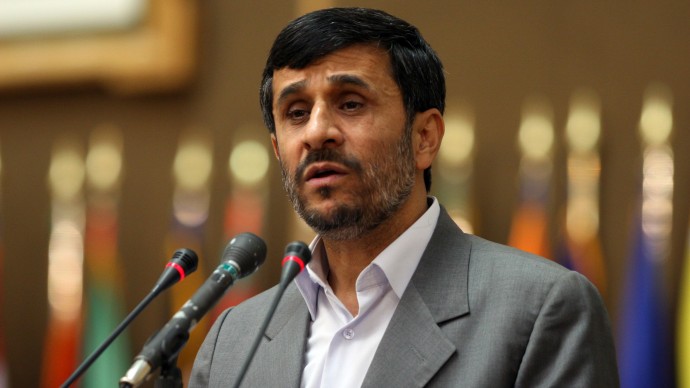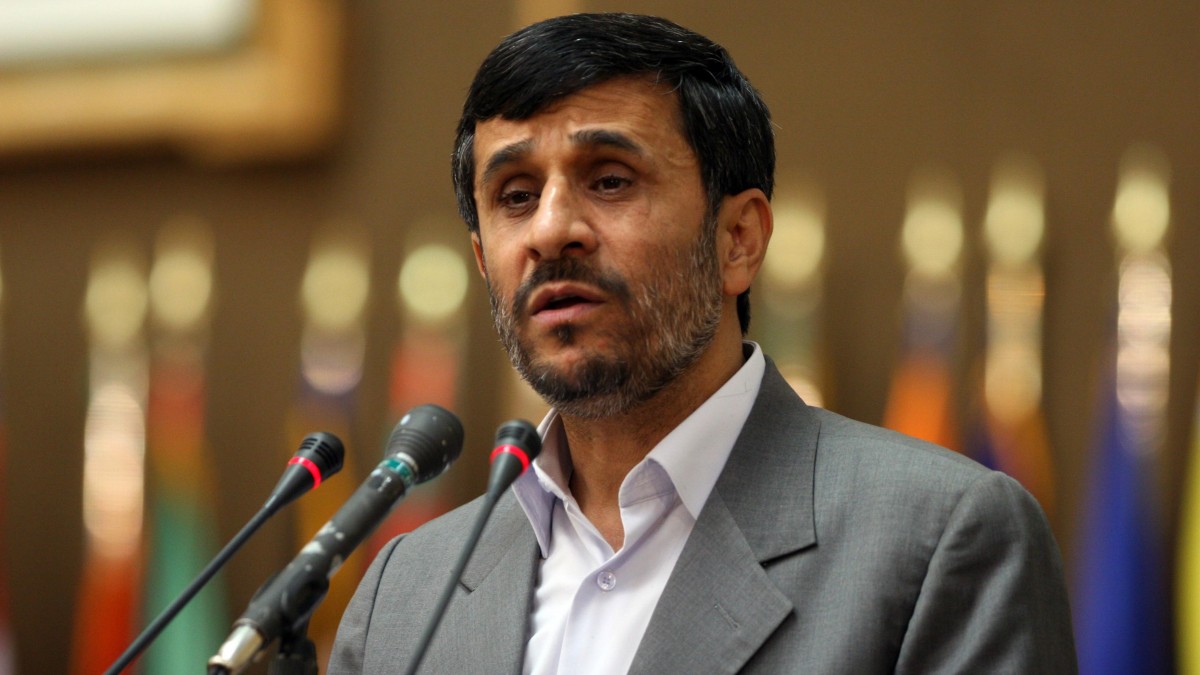
(MintPress) — Representatives from 118 countries will gather for the the non-aligned conference in Tehran at the end of this month. As Iran continues to suffer debilitating American imposed economic sanctions, the maligned Middle Eastern country will be front and center as the host to a bevy of countries from the Global South, including 40 heads of state.
While the Non Aligned Movement (NAM) emerged in the early post-colonial era as an alternative to divisive Cold War political blocs, NAM member states continue to share many of the same economic, social and political concerns. Tehran may be suffering from the array of Western sanctions. However, the upcoming conference will likely prove, in part, that Tehran still has a number of allied countries willing to maintain normal diplomatic and economic relations.
Highlighting Iranian strength
Although many of the member states, including Ethiopia, Ghana and India, among others, have strong relations with the U.S., others attendees, like Sudan and Cuba, have tenuous or non-existent ties to Washington.
North Korea, another foe of the U.S., will be attending the conference. Kim Jong-Un, the country’s Supreme Leader, will be representing his nation on his first trip as a head of state. Kim Jong-Un succeeded his enigmatic father, Kim Jong-Il, after he passed away suddenly late last year.
Because of its location, the conference has been widely criticized in the U.S. as lending credibility to dictators and hegemonic regimes, including Iran. Although the U.S. briefly lifted sanctions to allow NGO aid to reach victims of an earthquake that struck the North of Iran this month, the sanctions policy has been largely enforced, deeply hurting the Iranian economy.
Benoit Faucon, a reporter for the Wall Street Journal, believes that sanctions are having an impact on the Iranian private sector, hurting civilians not directly involved in the spiraling conflict.
“Despite U.S. and European Union assurances that sanctions have been designed to avoid harming Iran’s civilian population, one Western official acknowledged that collateral damage on business is a predictable consequence of such tough sanctions, but ultimate blame for this lies with the Iranian government,” said Faucon earlier this month.
The growing chasm between Iran and Israel has set the stage for the seemingly isolated regime to demonstrate the resolve of NAM states to support Iran and its burgeoning nuclear program, a program that Iranian leaders insist is solely for peaceful purposes.
Iranian lawmaker Gholam Reza Mesbahi Moghaddam commented on the sanctions in the leadup to the much anticipated conference saying, “The United States has failed in its goal of isolating the Islamic republic from the rest of the world.”
Many countries attending, including China and Syria, maintain strong ties to Iranian President Mahmoud Ahmadinejad’s government.
“It will show that this unipolar world is filled with justice-seeking countries, like the members of the NAM,” said Ali Akbar Javanfekr, Ahmadinejad’s media adviser, in an interview on Saturday.
Conversely, Israeli Prime Minister Benyamin Netanyahu expressed his opposition to the conference, urging U.N. Secretary General Ban Ki Moon not to attend because it would “add legitimacy to a regime that represents the greatest danger to world peace.”
While the mere location of the conference has become a major spectacle, the collective goals of the member states are rooted in a legitimate anti-colonial, anti-imperial movement following mass decolonization throughout much of Africa and South Asia in the mid-20th century.
An alternative to P5+1 and Security Council
The paralysis of the United Nations to work constructively on the most pressing global issues has strengthened the resolve of the NAM in recent years. Members of the Permanent Security Council, China, France, Russia, the U.K. and the U.S., maintain a veto power not afforded other member states in the U.N. General Assembly.
While all the countries in the world, save for Israel, Naru and the United States, believe that a just solution to the ongoing Israel-Palestine conflict is a two-state solution based upon June 1967 borders, the U.S. with its irreversible veto power prevents the passage of binding resolutions calling for a peace settlement and an end to Israeli occupation.
Similarly, the ongoing Syrian civil war has highlighted Russian and Chinese intransigence, protecting the Assad regime from condemnation and an international “no fly-zone” through veto privileges.
These issues, among many other quarrels, could be mitigated through consensus and international law consistent with the United Nations Charter. However, the disproportionate power afforded permanent Security Council members serves to uphold the traditional centers of global political power.
In response to the ineffective governing mechanism that is the U.N., a growing number of countries, particularly smaller states with little clout on the international stage have increased their participation in regional bodies and international coalitions capable of representing the interests of all member states equally.
Bandung to present
The 1955 Bandung Conference, while not the official start of the NAM is seen by many historians as the forerunner to the modern movement we see today.
Representatives from 29 independent countries attended the conference in Bandung, Indonesia, to discuss common economic and political challenges faced by countries in Africa and South Asia. Attending states expressed concern over the growing Cold War rift between the U.S. and the Soviet Union.
The collective decision to remain “not aligned” with either major power signalled a fundamental shift away from Washington and Moscow, the two power centers at the time; instead creating a third way for countries of the global south to work together in a separate, “non-aligned” movement.
Attendees built solidarity and unanimously adopted a “declaration on promotion of world peace and cooperation,” inspired by the United Nations Charter. When considering the actions of the U.S. in Latin America and the Soviet Union in central Asia, all countries flatly rejected what they called “colonialism in all its forms,” bolstering their commitment to renounce Cold War divisions.
Following this conference, in 1961, the NAM was formally founded in Belgrade, Yugoslavia. Egyptian President Gamel Abdul Nasser, Ghanaian President Kwame Nkrumah and Cuban President Fidel Castro became early leaders of the movement, advocating a middle path for states not affiliated with Western or Eastern political blocs.
Castro delivered a speech at the U.N. in 1979 saying the NAM was “formed to protect the national independence, sovereignty, territorial integrity and security of non-aligned countries” in their “struggle against imperialism, colonialism, neo-colonialism, racism and all forms of foreign aggression, occupation, domination, interference or hegemony.”
Castro added, too, that the movement was “opposed to great power and bloc politics.”
Castro’s Cuba did have an expressly Soviet orientation during the early years following the 1959 Revolution. However, the majority of countries in the movement have historically maintained decent relations with both the U.S. and Russia.
After the dissolution of the Soviet Union in 1991, the unequivocal rejection of Cold War bipolarity became less relevant to the movement. However, the independent, anti-imperialist rejection of U.S. militarism remains relevant today as some members of Congress show unwavering support for a military intervention in Iran and in Syria.
As NAM countries prepare to meet, analysts believe that member states will continue to tread a middle path, pushing for diplomacy and moderate sanctions in Iran rather than what could become a joint U.S.-Israeli military intervention.


